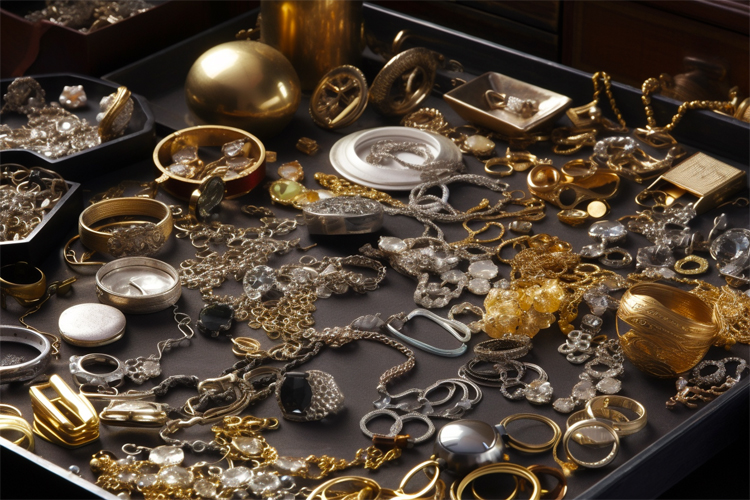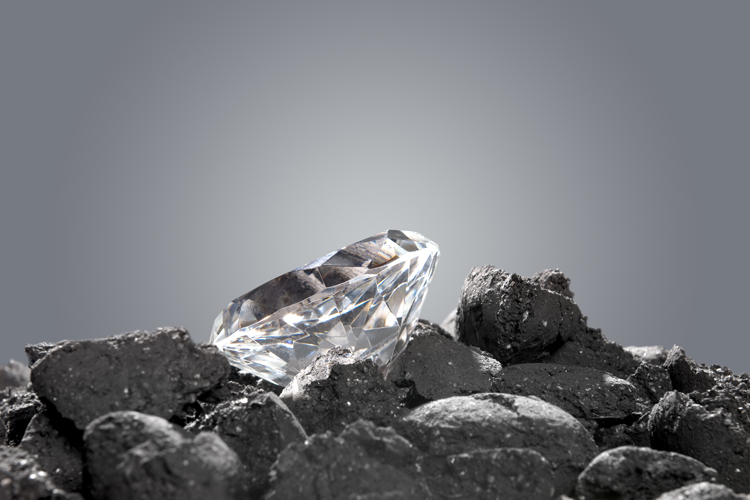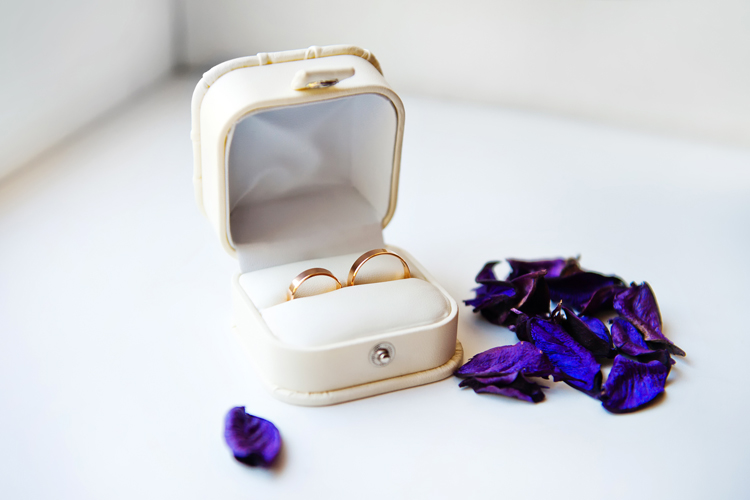In the world of precious metals, certain elements stand out for their rarity, beauty, and value, making them highly sought after in the jewelry industry.
These metals possess unique physical and chemical properties that contribute to their desirability and use in crafting exquisite jewelry.
This article will explore six of the rarest and most valuable metals used in jewelry, including gold, silver, platinum, palladium, rhodium, iridium, osmium, and ruthenium.
We will delve into each metal’s characteristics, market price, and specific applications in jewelry, providing a comprehensive understanding of what sets these exceptional metals apart from the rest.
1. Osmium
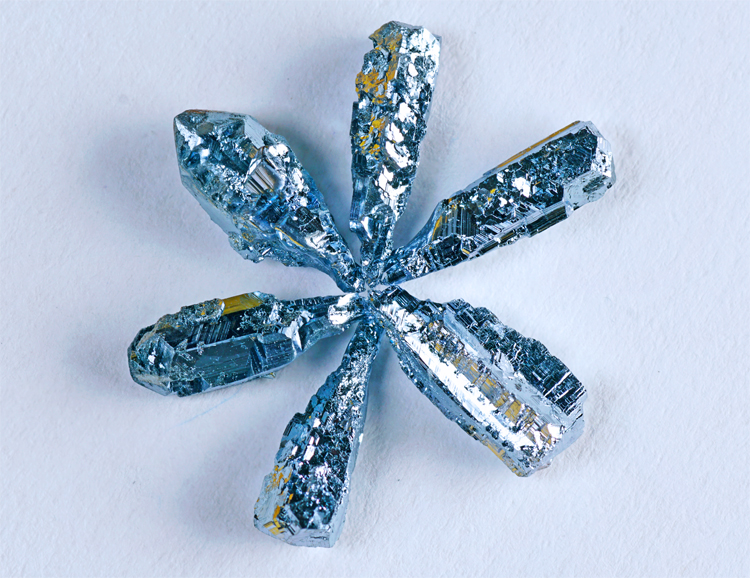
Physical and Chemical Features
Osmium is a rare and dense metal belonging to the platinum group metals (PGMs).
Osmium (chemical symbol Os) is a hard, bluish-silver metal with a density of 22.59 g/cm³, making it the densest naturally occurring element.
It has a melting point of 3,033°C (5,491°F) and a boiling point of 5,012°C (9,054°F). Osmium is highly resistant to wear and tarnish but is also very brittle in its pure form.
Osmium has a hardness of 7 on the Mohs scale, making it one of the hardest metals in the platinum group.
Therefore, it is highly resistant to scratches and wear.
Osmium has a unique bluish-silver color, which sets it apart from other precious metals.
It is hypoallergenic and does not typically cause skin reactions.
However, osmium in its powdered form can react with oxygen at room temperature, forming toxic osmium tetroxide.
This reaction is not a concern when osmium is in solid form or alloyed with other metals.
Market Price
Osmium does not have a well-established market price like gold, silver, or platinum due to its limited commercial use and rarity.
It is primarily traded in small quantities for specific industrial applications.
However, you may very well find at around $65,000 per ounce.
Jewelry Use
Osmium’s brittleness and potential toxicity in powdered form have limited its use in the jewelry industry.
It is more commonly used as an alloying element to enhance the properties of other metals, such as platinum and iridium, rather than as a standalone material for jewelry.
Osmium is primarily obtained as a byproduct of mining platinum and nickel ores. Major producers include South Africa, Russia, and Canada.
2. Rhodium
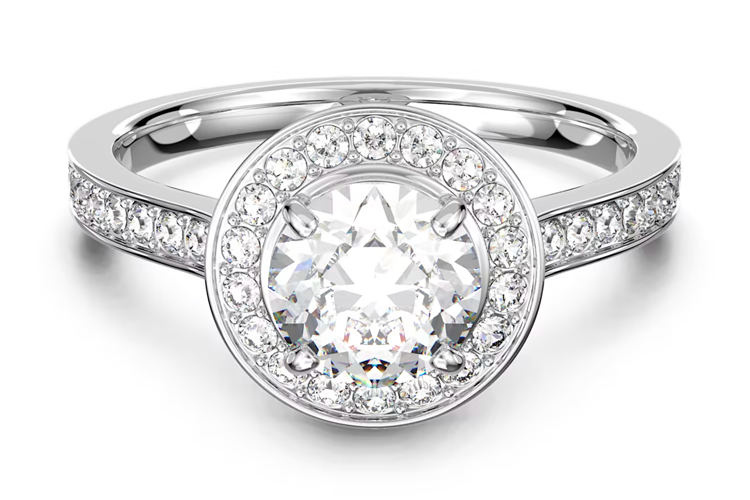
Physical and Chemical Features
Rhodium (chemical symbol Rh) is a hard, silvery-white metal with a density of 12.41 g/cm³.
It has a melting point of 1,964°C (3,567°F) and a boiling point of 3,695°C (6,683°F).
Rhodium is highly resistant to tarnish and corrosion, making it suitable for jewelry applications.
Market Price
As of April 2023, rhodium’s market price was around $7,700 per ounce.
Like all metals, rhodium prices change continually, so it’s essential to consult the current market price for the most accurate information.
Jewelry Use
Due to its high cost and brittleness, rhodium is not regularly used as a primary metal in jewelry.
However, it is often applied as a plating material to provide a tarnish-resistant and reflective surface to white gold and silver jewelry.
Rhodium plating can wear off over time, and re-plating may be necessary to maintain the appearance of the jewelry.
3. Iridium
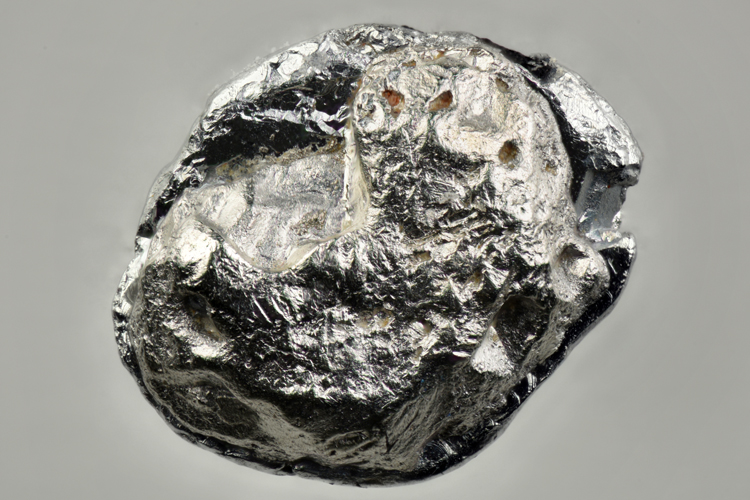
Physical and Chemical Features
Iridium (chemical symbol Ir) is a dense, silvery-white metal with a density of 22.56 g/cm³.
It has a melting point of 2,446°C (4,435°F) and a boiling point of 4,428°C (8,002°F).
Iridium is highly resistant to tarnish and corrosion, making it suitable for jewelry applications.
Market Price
As of April 2023, iridium’s market price was around $4,900 per ounce.
Like the other metals mentioned, iridium prices change continually, so it’s essential to consult the current market price for the most accurate information.
Jewelry Use
Iridium is not commonly used as a primary metal in jewelry due to its high cost and difficulty working with it.
However, it is often alloyed with other metals like platinum to increase strength and durability.
Iridium’s rarity and resistance to tarnishing make it an attractive choice for those who can afford it, and it may be used in high-end jewelry or as a component of luxury watches.
4. Gold
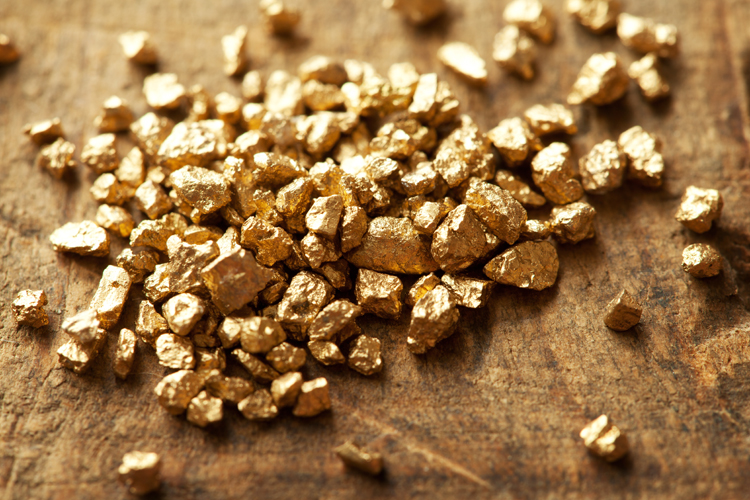
Physical and Chemical Features
Gold (chemical symbol Au) is a soft, yellow, and malleable metal with a density of 19.3 g/cm³.
It has a melting point of 1,064°C (1,947°F) and a boiling point of 2,856°C (5,173°F).
Gold is highly resistant to tarnish and corrosion, making it suitable for jewelry.
Market Price
As of April 2023, gold’s market price fluctuated around $2,000 per ounce.
However, market prices change constantly, so checking the current market price for the most accurate information is essential.
Jewelry Use
Gold is commonly used in various forms of jewelry, including rings, necklaces, bracelets, and earrings.
It is often alloyed with other metals to increase its strength and durability, creating different gold karats (such as 10k, 14k, 18k, and 22k).
Gold can also be plated or used as a base for other materials.
5. Palladium
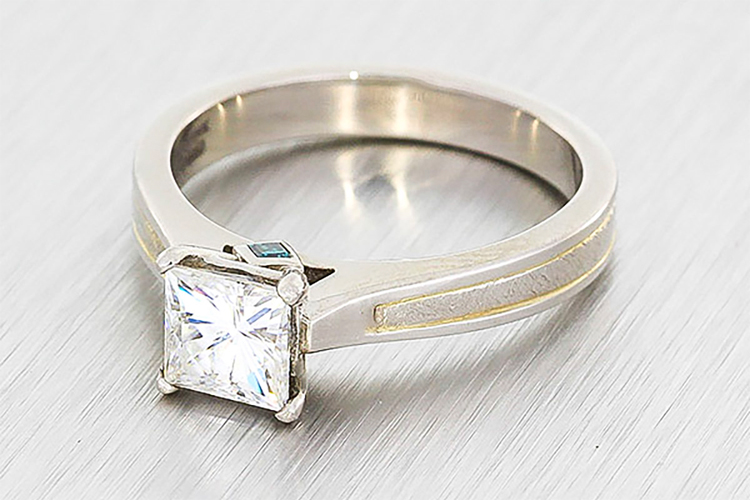
Physical and Chemical Features
Palladium (chemical symbol Pd) is a lustrous, silvery-white metal with a density of 12.02 g/cm³.
It has a melting point of 1,554°C (2,829°F) and a boiling point of 2,963°C (5,365°F).
Palladium is highly resistant to tarnish and corrosion, making it suitable for jewelry applications.
Market Price
As of April 2023, palladium’s market price was around $1,555 per ounce.
Like the other metals mentioned, palladium prices change continually, so it’s essential to consult the current market price for the most accurate information.
Jewelry Use
Palladium is used in various forms of jewelry, such as rings, necklaces, bracelets, and earrings.
It is often alloyed with other metals to increase its strength and durability.
Palladium’s natural whiteness, hypoallergenic properties, and resistance to tarnishing make it an attractive choice for those who prefer a white metal without the need for rhodium plating.
6. Platinum
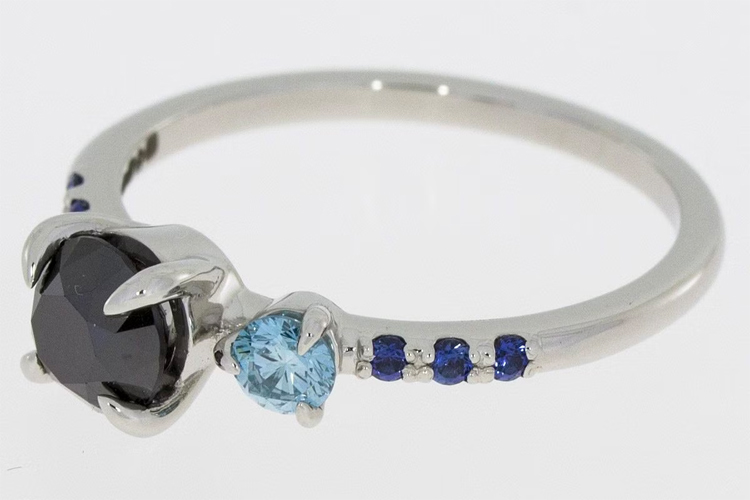
Physical and Chemical Features
Platinum (chemical symbol Pt) is a dense, malleable, and silvery-white metal with a density of 21.45 g/cm³.
It has a melting point of 1,768.3°C (3,214.9°F) and a boiling point of 3,825°C (6,917°F).
Platinum is highly resistant to tarnish and corrosion, making it ideal for jewelry.
Market Price
As of April 2023, platinum’s market price was around $$1,100 per ounce.
As with gold and silver, platinum prices fluctuate, so it’s essential to check the current market price for the most up-to-date information.
Jewelry Use
Platinum is commonly used in high-end jewelry, particularly for engagement and wedding rings.
It is often alloyed with other metals (such as iridium, ruthenium, or palladium) to increase its strength and durability.
Platinum’s rarity and resistance to tarnishing make it an attractive choice for those who can afford it.
7. Ruthenium
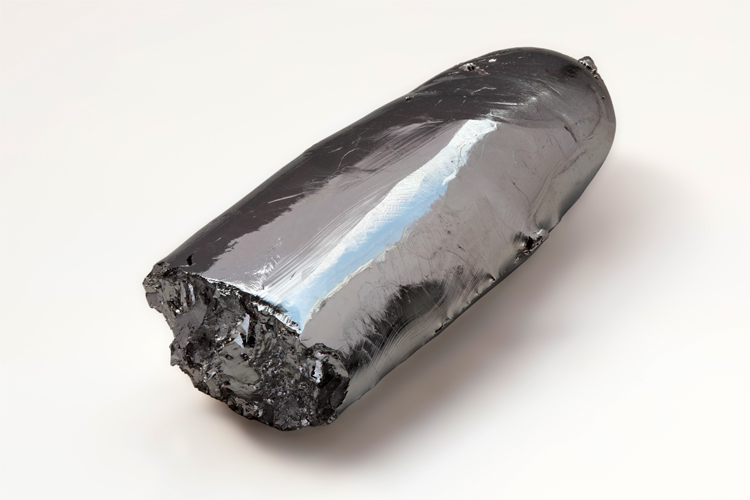
Physical and Chemical Features
Ruthenium (chemical symbol Ru) is a hard, silvery-white metal with a density of 12.45 g/cm³.
It has a melting point of 2,310°C (4,190°F) and a boiling point of 3,900°C (7,052°F).
Ruthenium is highly resistant to wear, tarnish, and corrosion.
It has a hardness of 6.5 on the Mohs scale, making it a relatively hard metal compared to other precious metals.
Due to its hardness, ruthenium is highly resistant to scratches and wear. It has a lustrous silvery-white color.
Ruthenium is not typically used in its pure form for jewelry due to its hardness and brittleness, which can make resizing difficult.
It is more commonly used as an alloy with other metals to improve their properties.
Ruthenium is considered hypoallergenic and does not typically cause skin reactions.
Market Price
Ruthenium does not have a well-established market price like gold, silver, or platinum due to its limited commercial use and rarity.
It is primarily traded in small quantities for specific industrial applications.
Nevertheless, expect to pay around $600 per ounce.
Jewelry Use
Ruthenium’s primary use in the jewelry industry is as an alloying element to enhance the properties of other metals, such as platinum and palladium, increasing their hardness and durability.
It can also be used as a plating material to create a dark, shiny finish on jewelry pieces.
Ruthenium is primarily obtained as a byproduct of mining platinum and nickel ores. Major producers include South Africa, Russia, and Canada.
8. Silver
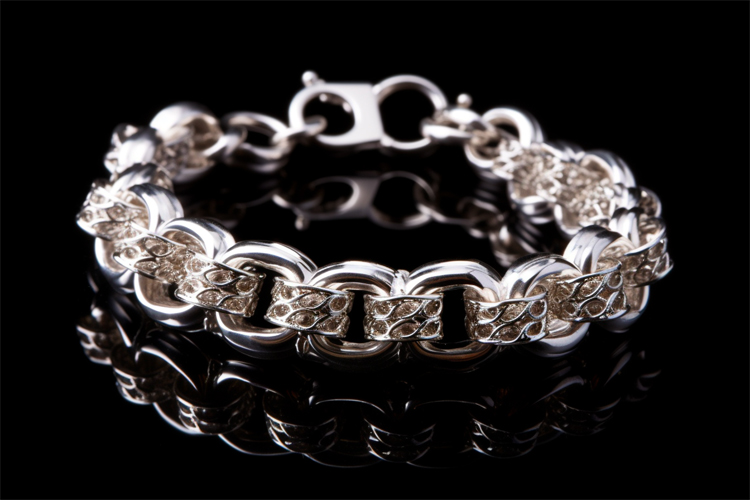
Physical and Chemical Features
Silver (chemical symbol Ag) is a lustrous, white, and malleable metal with a density of 10.49 g/cm³.
It has a melting point of 961.8°C (1,763.2°F) and a boiling point of 2,162°C (3,924°F).
Silver is an excellent conductor of heat and electricity but is prone to tarnish when exposed to sulfur compounds in the air.
Market Price
As of April 2023, silver’s market price was around $25 per ounce.
Like gold, silver prices change continually, so it’s crucial to consult the current market price for accuracy.
Jewelry Use
Silver is used in various forms of jewelry, such as rings, necklaces, bracelets, and earrings.
The most popular form of silver for jewelry is sterling silver, an alloy containing 92.5% silver and 7.5% other metals (usually copper).
This alloy increases the metal’s strength and durability without compromising its luster.
